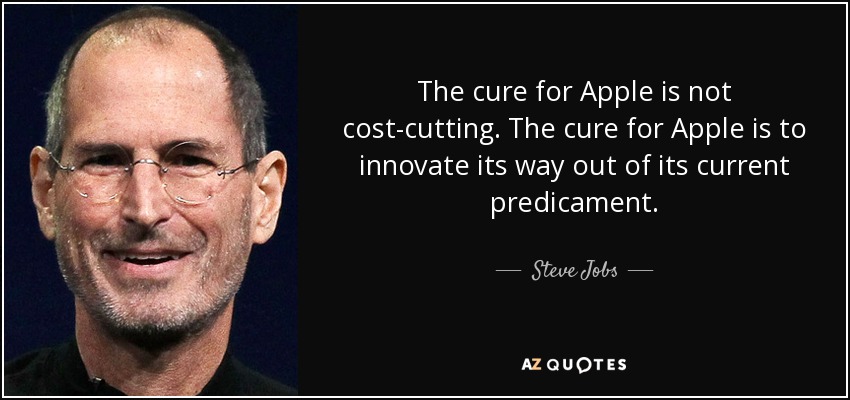"The goal of the session was for students to hone their entrepreneurial instincts by trying to identify opportunities, limited by the $5 they had been given. And in fact, they were very entrepreneurial.Comecemos pelo: “You put me at zero, [and] there is no limit to what I can achieve.”
...
But which teams made the most in profit? Those that didn’t use the $5 at all.
.
It’s a lesson they are all amazed to learn: Those who come back with the highest profits — one year, a team earned more than $4,000 — are typically the ones who never even use the seed money. The teams that seem to generate the greatest profit are those who look at the resources at their disposal through a completely different lens.
...
“You put me at zero, [and] there is no limit to what I can achieve.”
.
We have a tendency to focus on constraints and to think of them as a kind of adversity. But in fact, constraints can be a form of advantage. When we own our constraints, magical things can happen — and the constraints can become tools to propel us forward.
...
You see, focusing on the $5 limits the ideas that are possible.
...
Constraints don’t have to be constraining. Those who assumed that they had nothing in start‑up capital did better. They didn’t see the $5 as a crutch, so they focused on the opportunity instead of the constraint. That freed them up to think about what other assets they did have, and pushed them to look beyond $5 problems to more valuable opportunities. The lesson: If we let others dictate our constraints, then we can’t dictate our own opportunities.
...
Constraints are inevitable, yes. But rather than accepting them, we can discover and pay attention to them. We can recognize their value. In many ways, we need them. When we notice constraints but we don’t let them define our possibilities, we can actually flip them to create an advantage."
Há dias ao ler "The Essentials of Theory U: Core Principles and Applications" de Otto Scharmer o autor recorda o dia em que adolescente saiu da escola antes da hora e chegou a tempo de ver o que restava da casa com 350 anos, onde tinha nascido e vivia, a desaparecer num incêndio. Então, o autor recorda este pensamento:
“As I stood there, taking in the heat of the fire and feeling time slow down, I realized how attached I had been to all the things destroyed by the fire. Everything I thought I was had dissolved. Everything? No, perhaps not everything, for I felt that a tiny element of myself still existed. Somebody was still there, watching all this. Who?Quantas vezes só depois de encostadas à parede, só depois de terem perdido tudo, é que as empresas tentam o que parece absurdo, ou o que vai contra a formatação do mainstream e... resulta?
At that moment I realized there was another dimension of myself that I hadn’t previously been aware of, a dimension that related to my future possibilities. At that moment, I felt drawn upward, above my physical body, and began watching the scene from that elevated place. I felt my mind quieting and expanding in a moment of unparalleled clarity. I was not the person I had thought I was. My real self was not attached to all the material possessions smoldering inside the ruins. I suddenly knew that I, my true Self, was still alive! It was this “I” that was the Seer. And this Seer was more alive, more awake, more acutely present than the “I” that I had known before. No longer weighed down by the material possessions the fire had just consumed, with everything gone, I was lighter and free, released to encounter the other part of myself, the part that drew me into the future—into my future—into a world waiting for me to bring it into reality.”
E acerca do: "We have a tendency to focus on constraints and to think of them as a kind of adversity." E o que é assumir uma estratégia senão criar uma restrição para nos beneficiar? Como aprendi com Stephen Covey: Não é o que nos acontece que conta. É o que decidimos fazer com o que nos acontece. Adversidade ou oportunidade não é uma característica do que nos aparece no caminho, mas uma classificação que nós atribuímos.
Por fim, o truque principal: "When we notice constraints but we don’t let them define our possibilities, we can actually flip them to create an advantage."
























